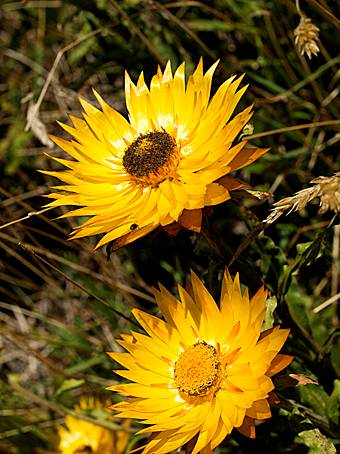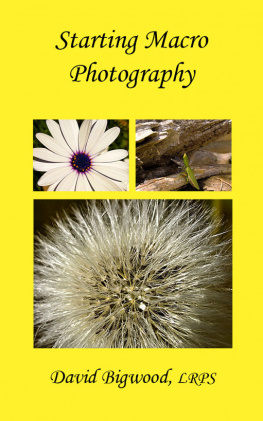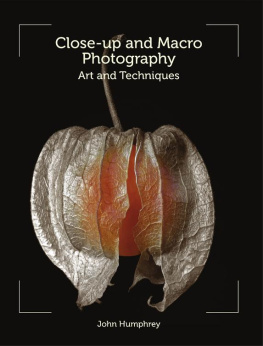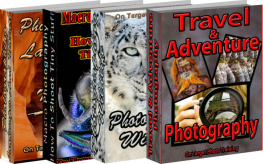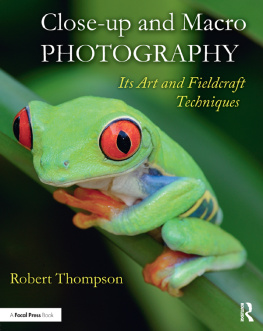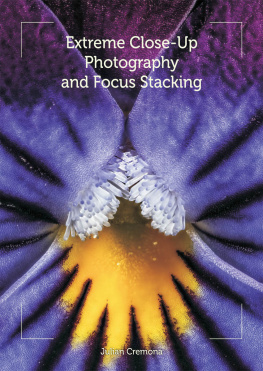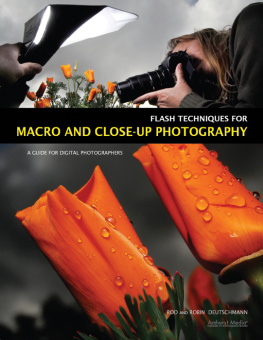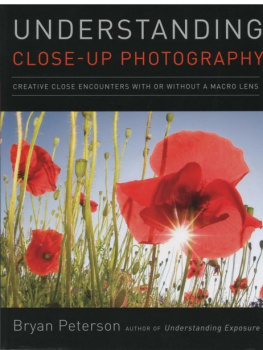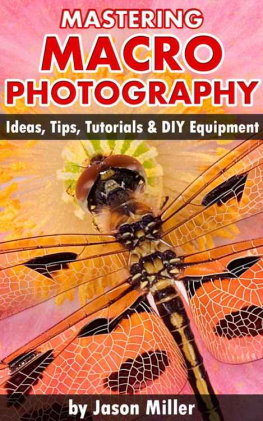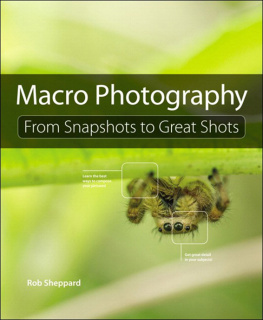StartingMacro Photography
David Bigwood,LRPS
Otherphotography e-books by David Bigwood at Smashwords.com:
Starting Freelance Photography The basic steps needed to start freelancephotography.
http://www.smashwords.com/books/view/116339
Images that SELL O ver 30 images that have been published. A useful handbook forfreelance photographers.
http://www.smashwords.com/books/view/124178
Starting NaturePhotography Introduction to nature photography including wildflowers,birds on the wing, snow, with photos of animals, insects, flowers,and demonstration of processing with Photoshop.
http://www.smashwords.com/books/view/139567
Published byBigwoodpublishing.com at Smashwords
Copyright 2012 DavidBigwood
SmashwordsEdition, Licence Notes
This ebook islicensed for your personal enjoyment only. This ebook may not bere-sold or given away to other people. If you would like to sharethis book with another person, please purchase an additional copyfor each recipient. If youre reading this book and did notpurchase it, or it was not purchased for your use only, then pleasereturn to Smashwords.com and purchase your own copy. Thank you forrespecting the hard work of this author.
About theAuthor
David Bigwood is a regularly published writer andphotographer with his work having been used in well over fiftypublications, mainly in Australia and the United Kingdom.
He is a Licentiateof the Royal Photographic Society and a member of the AustralianSociety of Authors.
For three years hewas a columnist on freelancing for the UK magazine F2 Freelanceand Digital. He writes regularly for AustralianPhotography and has written for Australian Camera andBetter Photography.
He founded andedited The Black and White Enthusiast magazine (laterSilvershotz) and was sometime editor of the Journal ofthe Australian Photography Society.
He has images withAlamy, the on-line photography library.
Starting MacroPhotography
When I moved tothe Snowy Mountains in New South Wales I discovered the wildflowersthat carpet the alpine meadows in the summer. My camera workedovertime but I lacked the ability to get really close to the bloomswhich was a disappointment as some of them were tiny but colourfuland delicate and cried out for a really close up shot. I needed amacro lens but at that time cash was at a premium so I just put iton my wish list.
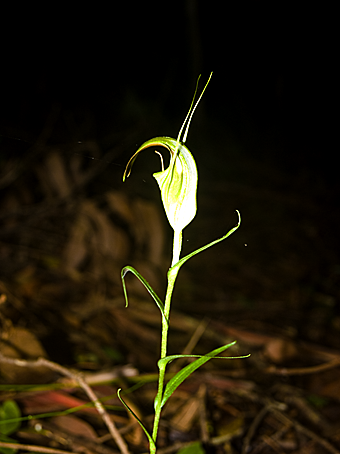
Greenhood orchid shotwith standard lens. A macro lens or a 10 dioptre close up lenswould have enabled me to get in close to this tiny plant.
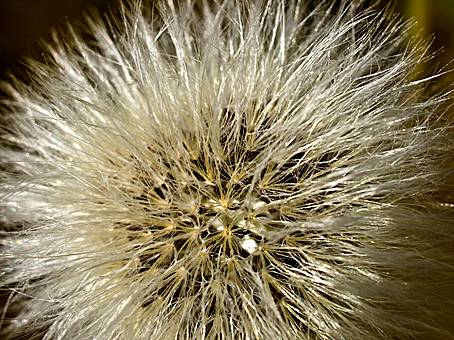
This seed head was just2cms across but photographed with my macro lens, it fills theframe.
Then I came acrossa book, The Digital Photographers Guide to Filters (Davidand Charles, 978-0-7153-2654-1) by Ross Hoddinott, a young naturephotographer who I had interviewed a few years previously. Hisclose up images of nature subjects had always impressed me alongwith numerous editors so I was fascinated to read that he oftenuses close up lenses for these brilliant pictures. This surprisedme as I had assumed that he would have been using macro lenses thatare designed for very close work. In fact, in his book hechampioned the close up lens over the macro for a variety ofreasons; lightness for one and cost.
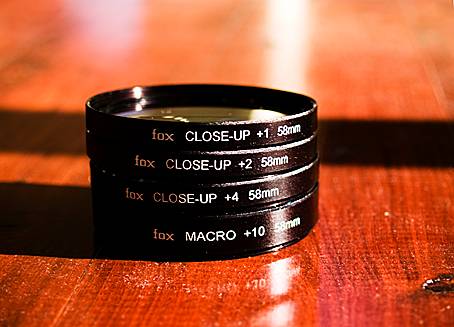
A set of close uplenses
It was the costfactor that really interested me at that stage so I investigatedand found that close up lenses generally come in a set of three 1, 2, and 4 dioptre to screw into the filter thread on the frontof a camera lens.
Rosss endorsementencouraged me to buy a set that I found on the internet for $35. Asa bonus a 10 dioptre lens was thrown in. This would give me theability to test my close up work without spending too much.Admittedly, my purchase was a cheap one; the sort of close uplenses that Ross was using would probably have cost several timesas much. However, I did get some acceptable results while usingthem and that did whet my appetite for close up photography.
Of course, I hadbeen shooting some close up images before getting these lenses asmy DSLR was able to focus reasonably closely especially if I setthe short zoom lens to its maximum focal length or used my longerzoom lens. Compact digital cameras can also get in close but youwill not be able to blur the background to concentrate attention onthe subject as you can with a DSLR and even a DSLR with a standardlens will not be able to blur the background as much as a macrolens can.
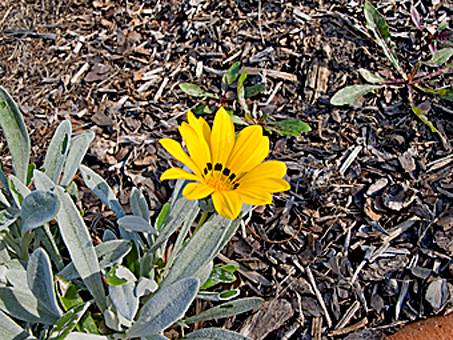
Shot without close uplens
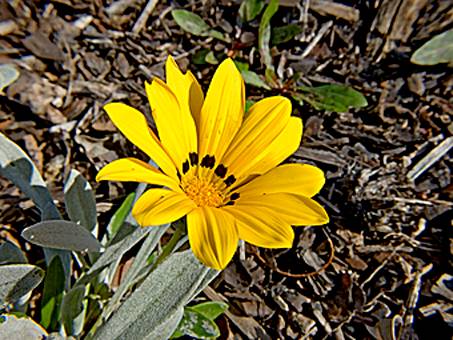
Shot with a 2 dioptreclose up lens
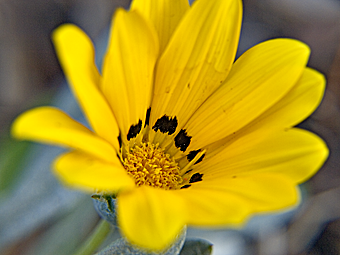
Shot with a 10 dioptreclose up lens
Eventually, aftersome months of using the close up lenses, I decided that I likedgetting in close to a subject and decided to splash out and buy amacro lens. I purchased a 35mm macro for my Olympus E510 DSLRcamera. As this camera uses the four-thirds system this 35mm lensis equivalent to a 70mm in the 35mm format.
Whether using aclose up lens or a macro, when shooting from a close position tothe subject you will need some form of steady support for yourcamera as even a small movement of the camera will render the spotyou have focused on to be unsharp in the resulting image. I find asmall tripod that I bought for table top photography to besometimes more useful than my normal tripod. And, there areoccasions when a beanbag is ideal. For instance, when I am lyingdown to capture a bloom that is at or just above ground levelneither of my tripods will get low enough (I do have a Benbo tripodthat would solve the problem but nowadays I find it too heavy tocarry very far).
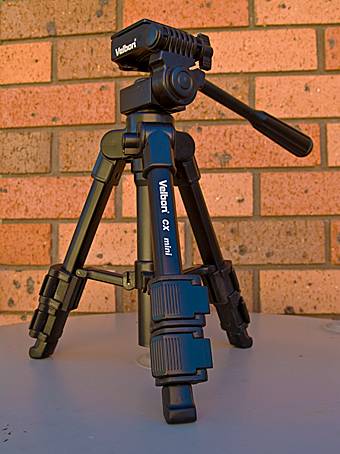
A mini tripod that Ifind useful for flower photography
Having said that,I have used my macro lens while hand holding my camera with somegood and some dreadful results. It is just that sometimesopportunities have to be taken while they are there and setting upa tripod does take time. Nick Jenkins, a photographer from Wales,has produced some remarkable hand held shots with his macro lens.If there is a possibility of making a shot then I do recommendhaving a go.
